Citibank 2013 Annual Report Download - page 118
Download and view the complete annual report
Please find page 118 of the 2013 Citibank annual report below. You can navigate through the pages in the report by either clicking on the pages listed below, or by using the keyword search tool below to find specific information within the annual report.-
 1
1 -
 2
2 -
 3
3 -
 4
4 -
 5
5 -
 6
6 -
 7
7 -
 8
8 -
 9
9 -
 10
10 -
 11
11 -
 12
12 -
 13
13 -
 14
14 -
 15
15 -
 16
16 -
 17
17 -
 18
18 -
 19
19 -
 20
20 -
 21
21 -
 22
22 -
 23
23 -
 24
24 -
 25
25 -
 26
26 -
 27
27 -
 28
28 -
 29
29 -
 30
30 -
 31
31 -
 32
32 -
 33
33 -
 34
34 -
 35
35 -
 36
36 -
 37
37 -
 38
38 -
 39
39 -
 40
40 -
 41
41 -
 42
42 -
 43
43 -
 44
44 -
 45
45 -
 46
46 -
 47
47 -
 48
48 -
 49
49 -
 50
50 -
 51
51 -
 52
52 -
 53
53 -
 54
54 -
 55
55 -
 56
56 -
 57
57 -
 58
58 -
 59
59 -
 60
60 -
 61
61 -
 62
62 -
 63
63 -
 64
64 -
 65
65 -
 66
66 -
 67
67 -
 68
68 -
 69
69 -
 70
70 -
 71
71 -
 72
72 -
 73
73 -
 74
74 -
 75
75 -
 76
76 -
 77
77 -
 78
78 -
 79
79 -
 80
80 -
 81
81 -
 82
82 -
 83
83 -
 84
84 -
 85
85 -
 86
86 -
 87
87 -
 88
88 -
 89
89 -
 90
90 -
 91
91 -
 92
92 -
 93
93 -
 94
94 -
 95
95 -
 96
96 -
 97
97 -
 98
98 -
 99
99 -
 100
100 -
 101
101 -
 102
102 -
 103
103 -
 104
104 -
 105
105 -
 106
106 -
 107
107 -
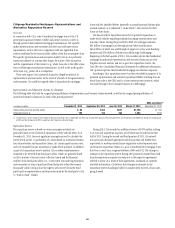 108
108 -
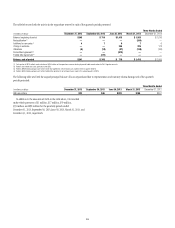 109
109 -
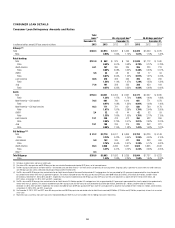 110
110 -
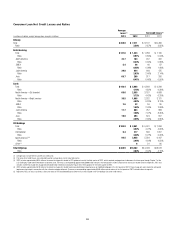 111
111 -
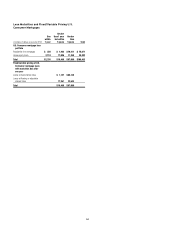 112
112 -
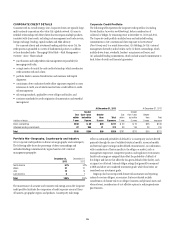 113
113 -
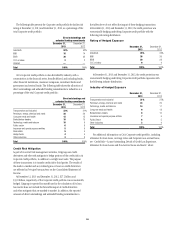 114
114 -
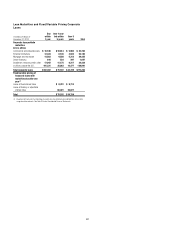 115
115 -
 116
116 -
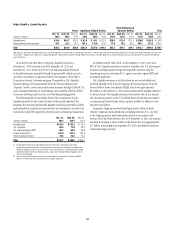 117
117 -
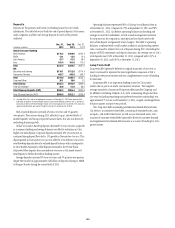 118
118 -
 119
119 -
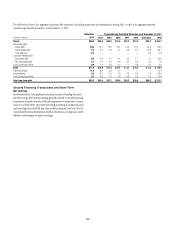 120
120 -
 121
121 -
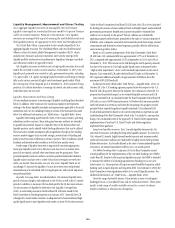 122
122 -
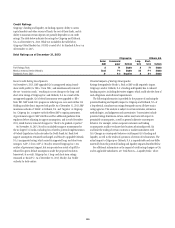 123
123 -
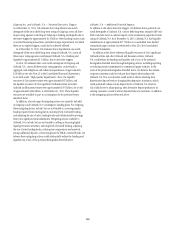 124
124 -
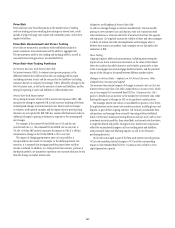 125
125 -
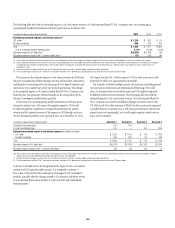 126
126 -
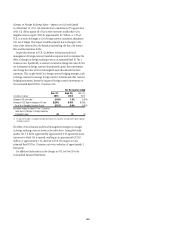 127
127 -
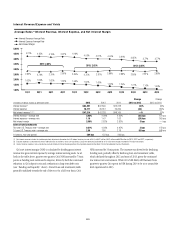 128
128 -
 129
129 -
 130
130 -
 131
131 -
 132
132 -
 133
133 -
 134
134 -
 135
135 -
 136
136 -
 137
137 -
 138
138 -
 139
139 -
 140
140 -
 141
141 -
 142
142 -
 143
143 -
 144
144 -
 145
145 -
 146
146 -
 147
147 -
 148
148 -
 149
149 -
 150
150 -
 151
151 -
 152
152 -
 153
153 -
 154
154 -
 155
155 -
 156
156 -
 157
157 -
 158
158 -
 159
159 -
 160
160 -
 161
161 -
 162
162 -
 163
163 -
 164
164 -
 165
165 -
 166
166 -
 167
167 -
 168
168 -
 169
169 -
 170
170 -
 171
171 -
 172
172 -
 173
173 -
 174
174 -
 175
175 -
 176
176 -
 177
177 -
 178
178 -
 179
179 -
 180
180 -
 181
181 -
 182
182 -
 183
183 -
 184
184 -
 185
185 -
 186
186 -
 187
187 -
 188
188 -
 189
189 -
 190
190 -
 191
191 -
 192
192 -
 193
193 -
 194
194 -
 195
195 -
 196
196 -
 197
197 -
 198
198 -
 199
199 -
 200
200 -
 201
201 -
 202
202 -
 203
203 -
 204
204 -
 205
205 -
 206
206 -
 207
207 -
 208
208 -
 209
209 -
 210
210 -
 211
211 -
 212
212 -
 213
213 -
 214
214 -
 215
215 -
 216
216 -
 217
217 -
 218
218 -
 219
219 -
 220
220 -
 221
221 -
 222
222 -
 223
223 -
 224
224 -
 225
225 -
 226
226 -
 227
227 -
 228
228 -
 229
229 -
 230
230 -
 231
231 -
 232
232 -
 233
233 -
 234
234 -
 235
235 -
 236
236 -
 237
237 -
 238
238 -
 239
239 -
 240
240 -
 241
241 -
 242
242 -
 243
243 -
 244
244 -
 245
245 -
 246
246 -
 247
247 -
 248
248 -
 249
249 -
 250
250 -
 251
251 -
 252
252 -
 253
253 -
 254
254 -
 255
255 -
 256
256 -
 257
257 -
 258
258 -
 259
259 -
 260
260 -
 261
261 -
 262
262 -
 263
263 -
 264
264 -
 265
265 -
 266
266 -
 267
267 -
 268
268 -
 269
269 -
 270
270 -
 271
271 -
 272
272 -
 273
273 -
 274
274 -
 275
275 -
 276
276 -
 277
277 -
 278
278 -
 279
279 -
 280
280 -
 281
281 -
 282
282 -
 283
283 -
 284
284 -
 285
285 -
 286
286 -
 287
287 -
 288
288 -
 289
289 -
 290
290 -
 291
291 -
 292
292 -
 293
293 -
 294
294 -
 295
295 -
 296
296 -
 297
297 -
 298
298 -
 299
299 -
 300
300 -
 301
301 -
 302
302 -
 303
303 -
 304
304 -
 305
305 -
 306
306 -
 307
307 -
 308
308 -
 309
309 -
 310
310 -
 311
311 -
 312
312 -
 313
313 -
 314
314 -
 315
315 -
 316
316 -
 317
317 -
 318
318 -
 319
319 -
 320
320 -
 321
321 -
 322
322 -
 323
323 -
 324
324 -
 325
325 -
 326
326 -
 327
327 -
 328
328 -
 329
329 -
 330
330 -
 331
331 -
 332
332 -
 333
333 -
 334
334 -
 335
335 -
 336
336 -
 337
337 -
 338
338 -
 339
339 -
 340
340 -
 341
341 -
 342
342
 |
 |

100
Deposits
Deposits are the primary and lowest cost funding source for Citi’s bank
subsidiaries. The table below sets forth the end of period deposits, by business
and/or segment, and the total average deposits for each of the periods
indicated.
In billions of dollars
Dec. 31,
2013
Sept. 30,
2013
Dec. 31,
2012
Global Consumer Banking
North America $170.2 $168.6 $165.2
EMEA 13.1 12.5 13.2
Latin America 47.7 47.5 48.6
Asia 101.4 101.6 110.0
Total $332.4 $330.2 $337.0
ICG
Securities and Banking $110.1 $112.6 $114.4
Transaction Services 463.7 452.8 408.7
Total $573.8 $565.4 $523.1
Corporate/Other 26.1 18.0 2.5
Total Citicorp $932.3 $913.6 $862.6
Total Citi Holdings (1) 36.0 41.8 68.0
Total Citigroup Deposits (EOP) $968.3 $955.4 $930.6
Total Citigroup Deposits (AVG) $956.4 $922.1 $928.9
(1) Included within Citi’s end-of-period deposit balance as of December 31, 2013 were approximately
$30 billion of deposits related to Morgan Stanley Smith Barney (MSSB) customers that, as previously
disclosed, will be transferred to Morgan Stanley, with remaining balances transferred in the amount of
approximately $5 billion per quarter through the end of the second quarter of 2015.
End-of-period deposits increased 4% year-over-year and 1% quarter-
over-quarter. The increase during 2013 reflected, in part, elevated levels of
market liquidity and strong corporate balance sheets, but also was driven by
underlying business growth.
Global Consumer Banking deposits decreased 1% year-over-year, as growth
in consumer checking and savings balances was offset by reductions in Citi’s
higher cost time deposits. Corporate deposits increased 10% year-over-year, as
continued strong deposit flows led to 13% growth in Transaction Services. This
deposit growth in Transaction Services was offset by a 4% decline in Securities
and Banking deposits driven by reduced deposit balances with counterparties
in Citi’s Markets businesses, while deposits increased in the Private Bank.
Corporate/Other deposits also increased year-over-year as Citi issued tenored
time deposits to further diversify its funding sources.
Average deposits increased 3% year-over-year and 4% quarter-over-quarter,
despite the transfer of approximately $26 billion of deposits relating to MSSB
to Morgan Stanley during the second half of 2013.
Operating balances represented 80% of Citicorp’s total deposit base as
of December 31, 2013, compared to 79% at September 30, 2013 and 78%
at December 31, 2012. Citi defines operating balances as checking and
savings accounts for individuals, as well as cash management accounts
for corporations; by comparison, time deposits have fixed rates for the
term of the deposit and generally lower margins. This shift to operating
balances, combined with overall market conditions and prevailing interest
rates, continued to reduce Citi’s cost of deposits during 2013. Excluding the
impact of FDIC assessments and deposit insurance, the average rate on Citi’s
total deposits was 0.50% at December 31, 2013, compared with 0.53% at
September 30, 2013, and 0.65% at December 31, 2012.
Long-Term Debt
Long-term debt (generally defined as original maturities of one year or
more) continued to represent the most significant component of Citi’s
funding for the parent entities and was a supplementary source of funding
for the bank.
Long-term debt is an important funding source for Citi’s parent
entities due in part to its multi-year maturity structure. The weighted-
average maturities of unsecured long-term debt issued by Citigroup and
its affiliates (including Citibank, N.A.) with a remaining life greater than
one year (excluding remaining trust preferred securities outstanding) was
approximately 7.0 years as of December 31, 2013, roughly unchanged from
the prior quarter and prior-year periods.
Citi’s long-term debt outstanding includes benchmark debt and what
Citi refers to as customer-related debt, consisting of structured notes, such
as equity- and credit-linked notes, as well as non-structured notes. Citi’s
issuance of customer-related debt is generally driven by customer demand
and supplements benchmark debt issuance as a source of funding for Citi’s
parent entities.
